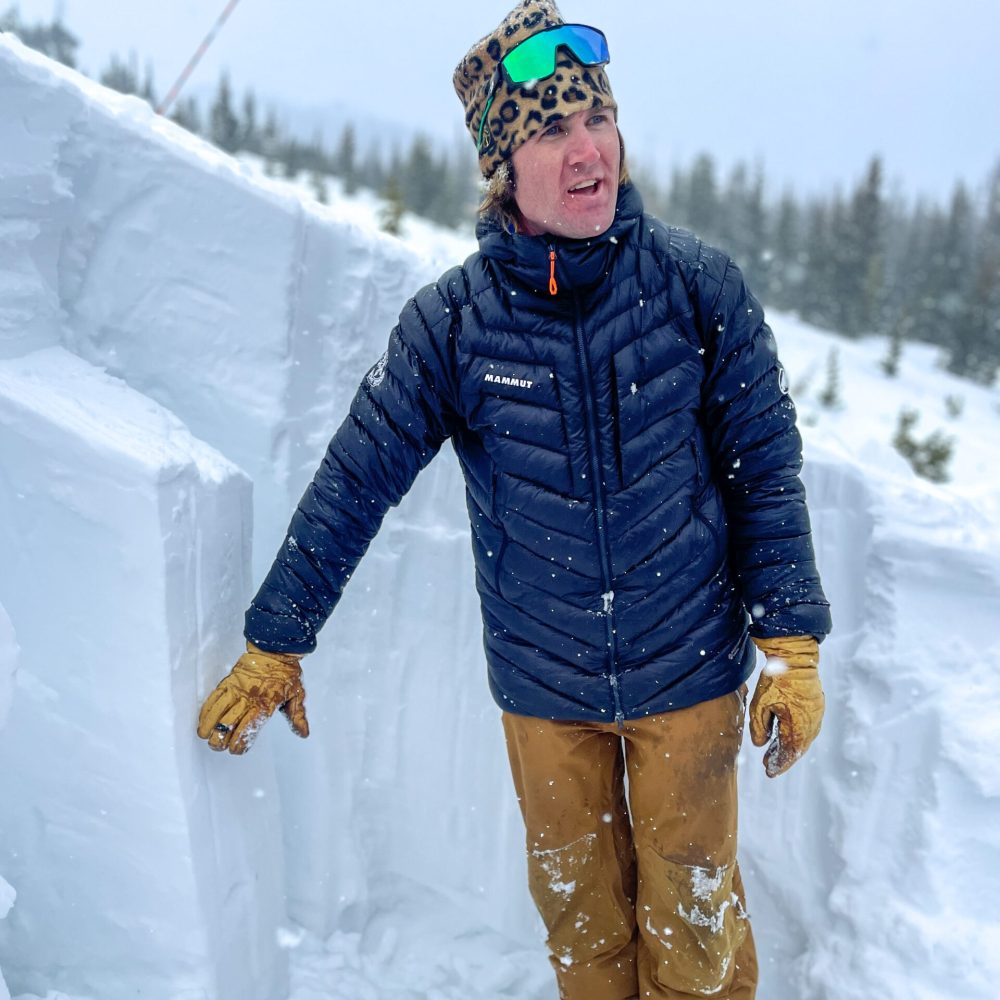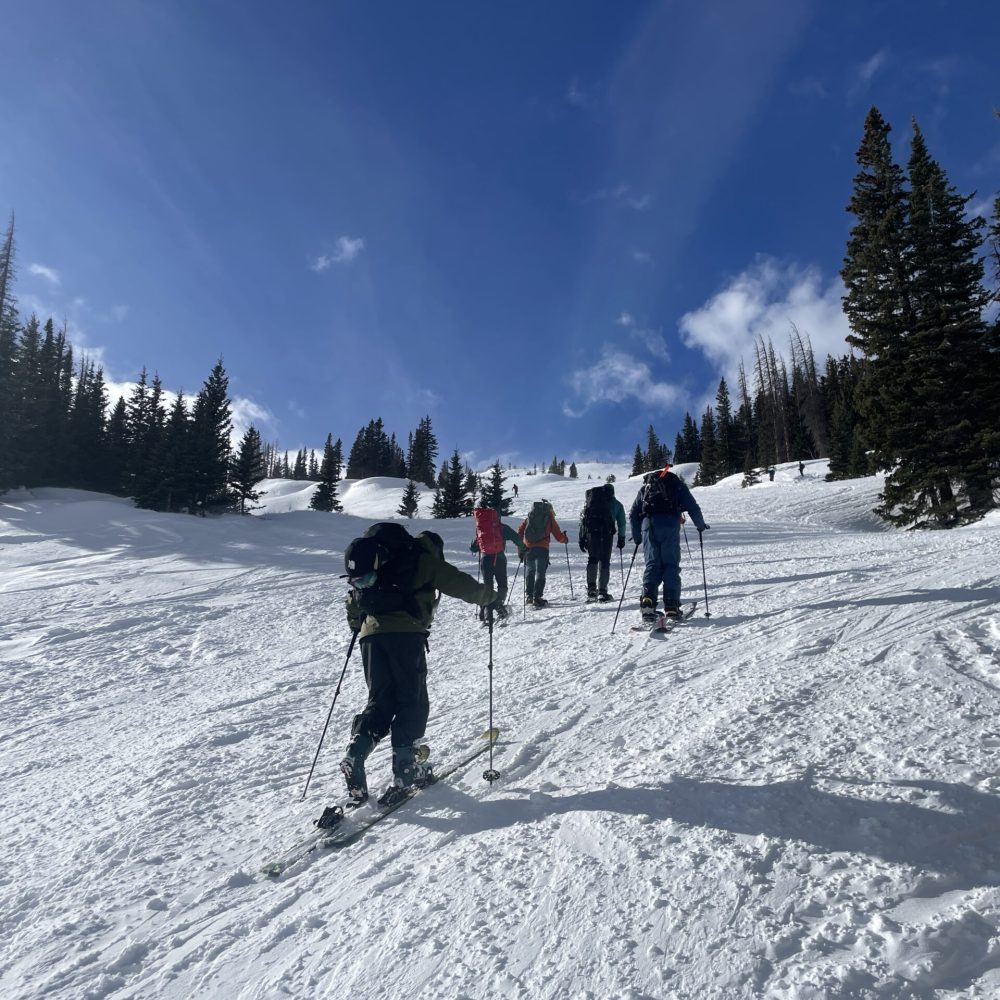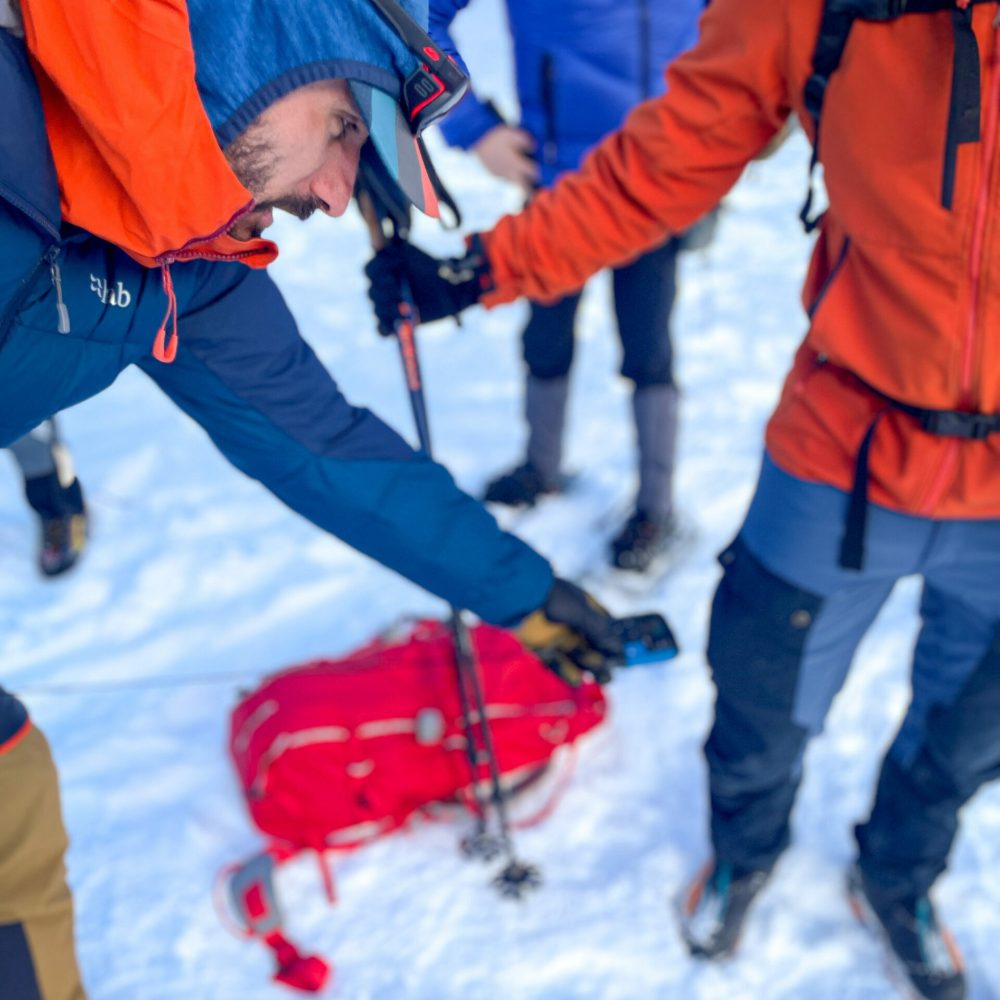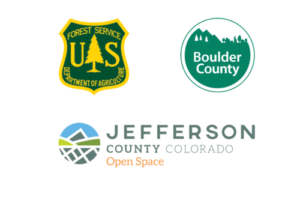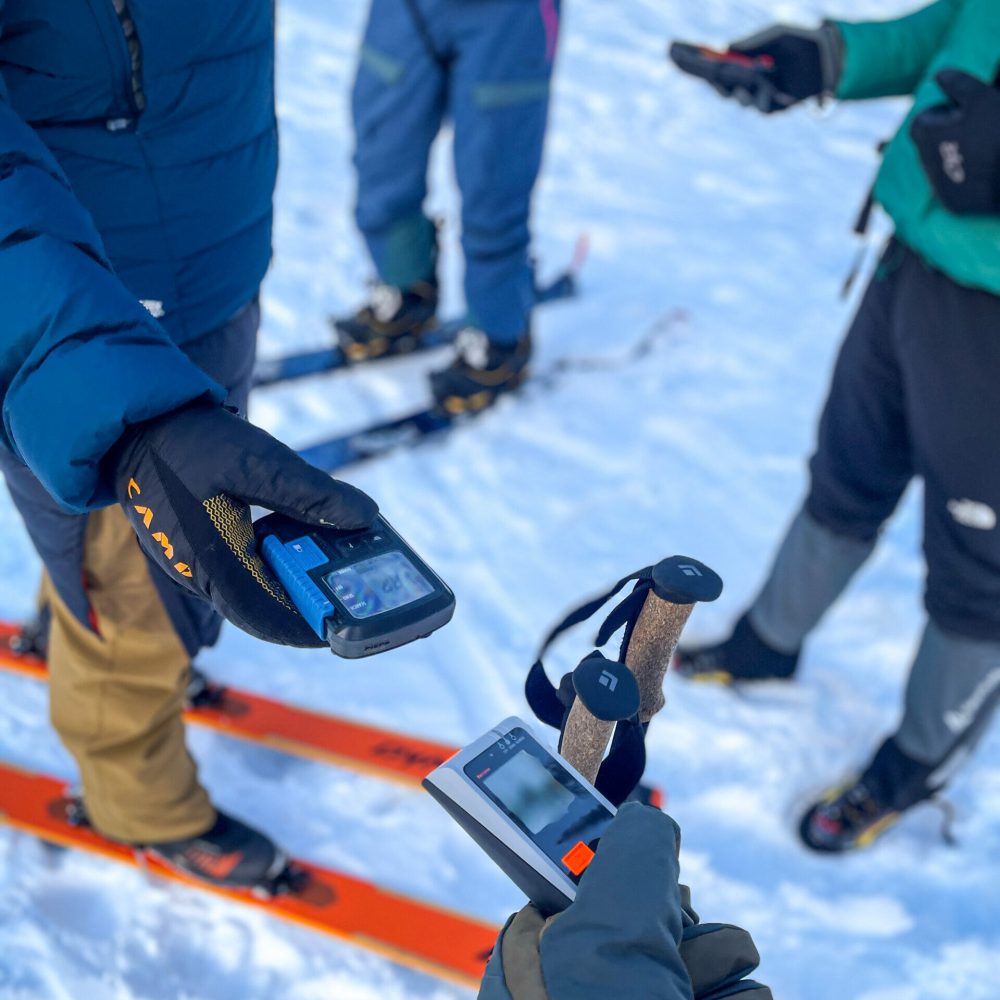
$599
Course Description
This one-day (16 hours) course is intended to be retaken on a regular basis in order to keep abreast of best practices in rescue techniques and gear. New participants will learn companion rescue, and returning students will expand their skills with advanced topics and realistic scenario practice.
Why Take Avalanche Rescue with Us?
We take pride in having some of the best instructors in the business. We will go above and beyond the standard curriculum and offer a lifetime of advice.
Who Should Take this Course
This course is appropriate for both new and experienced recreational backcountry travelers, as well as aspiring avalanche professionals. AIARE recommends that all backcountry travelers keep their skills current by taking an Avalanche Rescue course and receiving a rescue card at least every other year.
You should be able to travel off-trail on ungroomed or unmaintained terrain and bring appropriate equipment for traveling on snow, but there are no other prerequisites for this course. AIARE Avalanche Rescue is a prerequisite for the AIARE 2 and Pro 1 courses.
What You’ll Learn
During an Avalanche Rescue course, you’ll spend time in the field learning skills like:
- Knowing what to do if you or a member of your party is caught in an avalanche
- Identifying and using the gear necessary for avalanche rescue
- Participating in realistic scenarios to practice an avalanche rescue response
- Improving your response skills and times during and after the course with feedback from instructors and peers
- Developing a plan for continuing practice
- AMGA Trained/Certified Guide
- Group Climbing Equipment
- Technical Hardware
- Technical Soft goods
- Personal Climbing Equipment
- Climbing Shoes
- Helmet
- Harness
- Food
- Transport
- Lodging
- Trip/Cancelation Insurance
- Non-technical Personal Items
- Rescue Insurance
- Park Entrance Fees (if applicable)
- Guide Gratuity
- Unforseen Cost Incurred Outside of the Control of SAI
Snow/ski gear:
- Alpine Touring (AT) skis, Tele-skis, Splitboard. Make all binding adjustments for fit prior to day 1. Climbing Skins for skis and splitboards. Ensure that the skins are fitted to your skis or splitboard prior to day 1.
- Snowshoes, if not skiing. Make sure bindings fit your boot prior to day 1.
- Ski Poles (collapsible), required for all backcountry travelers on this course.
Safety gear:
- Avalanche Transceiver. Digital beacon transmitting on 457 kHz.
- Probe. Collapsible probe made of aluminum or carbon fiber.
- Shovel. Aluminum shovel (not plastic) designed for backcountry use.
- Avalung and/or Airbag (optional).
- Ski Helmet, for ski descents (optional, but recommended, be sure you can fit in, or carry on backpack).
- Notebook and Pencil for making field notes and observations. I also carry map, altimeter, compass and slope meter.
- Spare door and ignition key, for groups carpooling. It’s a real bummer to lose a key on a tour.
Footwear:
- Ski Boots, Snowboard Boots or Tele Boots.
- Gaiters (optional but nice to have when we step out of skis or snowshoes).
- Wool or synthetic socks. No cotton.
- Liner sock. This is a personal preference, not required.
- Winter Hiking Boot. Something you can wear in the classroom or in the parking lot for rescue drills.
Clothing (all to be wool or synthetic, no cotton):
- Base Layer, long underwear, top and bottoms.
- Insulation Layer, Softshell Pants and Jacket. Fleece is ok if you have hardshell outerlayer.
- Hardshell Pants (full side zip) and Jacket with hood. This is a wind and waterproof layer (Gore-tex) or similar.
- Insulated “puffy” Jacket w/ hood. Down or Synthetic. This layer is meant to be worn on outside of all other layers combined.
Headwear:
- Synthetic or wool hat (beanie).
- Buff or neck gaiter.
- Sunglasses with dark lens and wraparound sun and wind protection.
- Goggles.
Handwear:
- Softshell glove, water and wind resistant.
- Warm glove – leather/gore tex is best
- Mittens, good to have in your pack for colder temps.
- Two pairs or warm gloves/mittens minimum.
Other gear:
- ~35L Backpack, make sure your gear fits in pack prior to course day.
- First-aid kit (small), blister bandages, band-aid and personal medications.
- 1L waterbottle (2L max), leakproof bottle like Nalgene works best. I bring a 24oz Thermos with warm drinks for the cold days.
- Sunscreen and lipscreen, 30SPF minimum.
- Ski strap(s), small knife/multitool, headlamp w/new batteries, lighter, a few zip ties, & a short sections of bailing wire for field repairs.
- Camera, camera phone.
- Snacks/Lunch – About 1000 calories for the day. Sandwich, candy bars, and trail mix, etc; Bring what tastes good to you.

